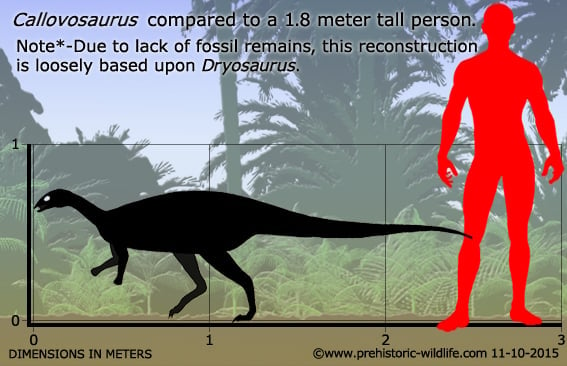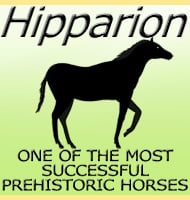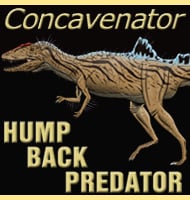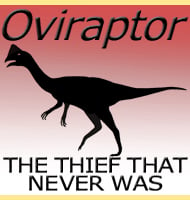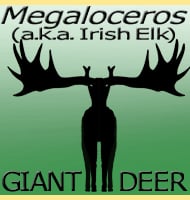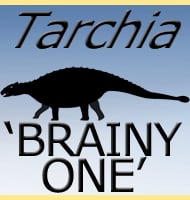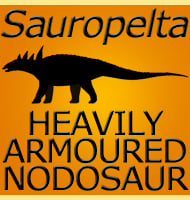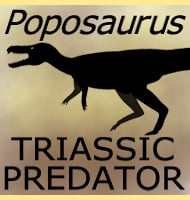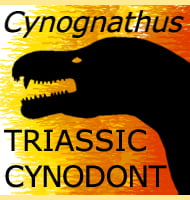In Depth
The holotype specimen of Callovosaurus, an almost complete femur, was first described as a species of Camptosaurus all the way back in 1889 by Richard Lydekker. By 1909 doubts were already being cast as to whether or not this bone actually came from an iguanodontid dinosaur. In 1980 Peter M. Galton took this femur and used it to establish a new genus which we now know as Callovosaurus.
Callovosaurus is seen as more likely to be a dryosaurid (relative of Dryosaurus) dinosaur, rather than a large ornithopod like Camptosaurus. However, because the genus is based upon a partial femur, many have questioned its validity as it would be very difficult to assign further fossil remains to this genus with only a partial leg bone to go on. For this reason Callovosaurus is often cited as a dubious dinosaur genus, though a partial tibia has now also been assigned to the genus.
As a small dryosaurid ornithopod, Callovosaurus would have been a small ornithopod dinosaur that would have browsed upon low growing plants. Callovosaurus would have shared its habitat with other plant eating dinosaurs including sauropods and stegosaurs.
Further Reading
- Osteology of the Jurassic reptile Camptosaurus, with a revision of the genus, and description of two new species. - Proceedings of the United States National Museum 36: 197–332. - Charles W. Gilmore - 1909. - European Jurassic ornithopod dinosaurs of the families Hypsilophodontidae and Camptosauridae. Neues Jahrbuch f�r Geologie und Pal�ontologie, Abhandlungen 160(1):73-95. - Peter M. Galton - 1980. - Callovosaurus leedsi, the earliest dryosaurid dinosaur (Ornithischia: Euornithopoda) from the Middle Jurassic of England, by Jos� Ignacio Ruiz-Ome�aca, Xabier Pereda Suberbiola & Peter M. Galton. In Horns and Beaks: Ceratopsian and Ornithopod Dinosaurs. Bloomington and Indianapolis: Indiana University Press. - Kenneth Carpenter (ed) - 2007.
